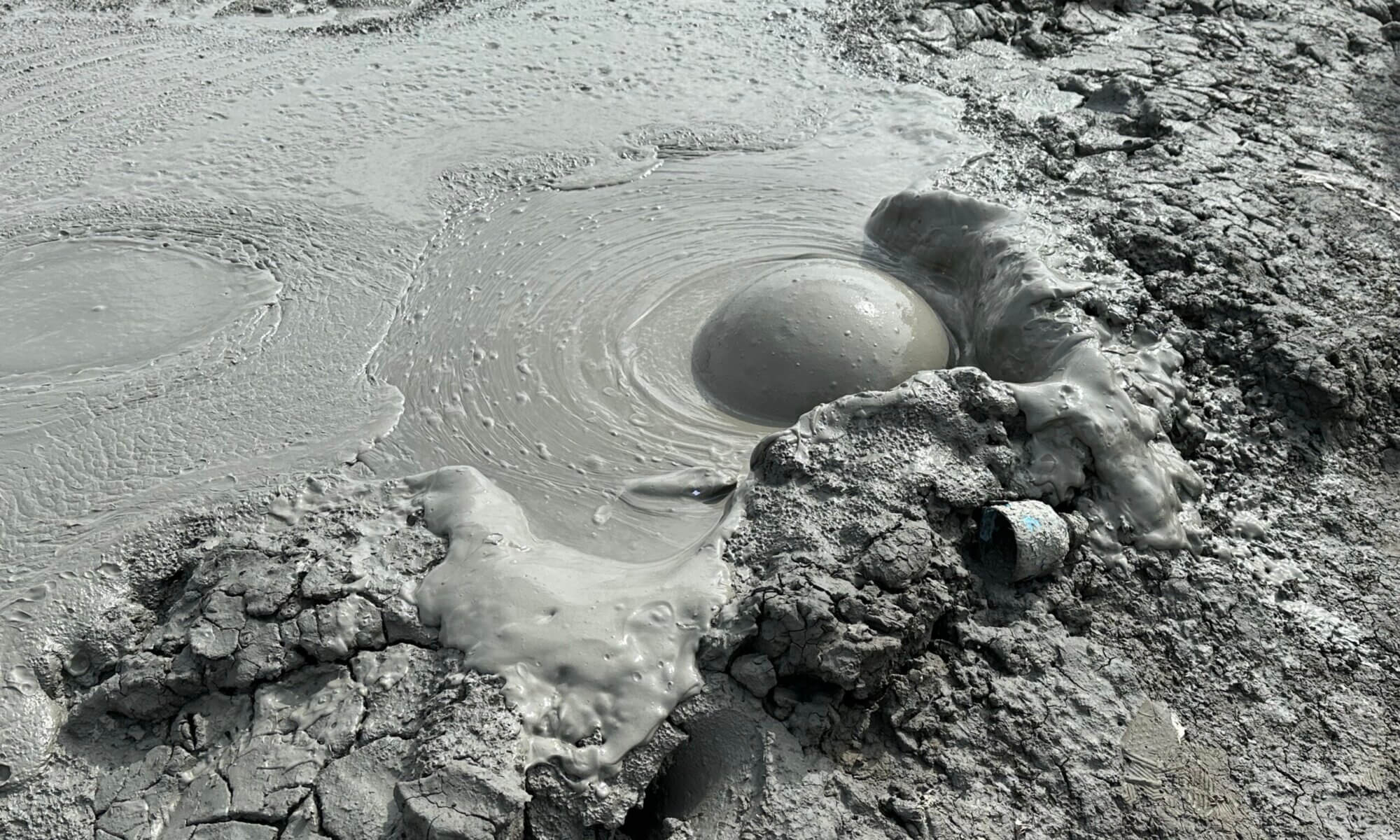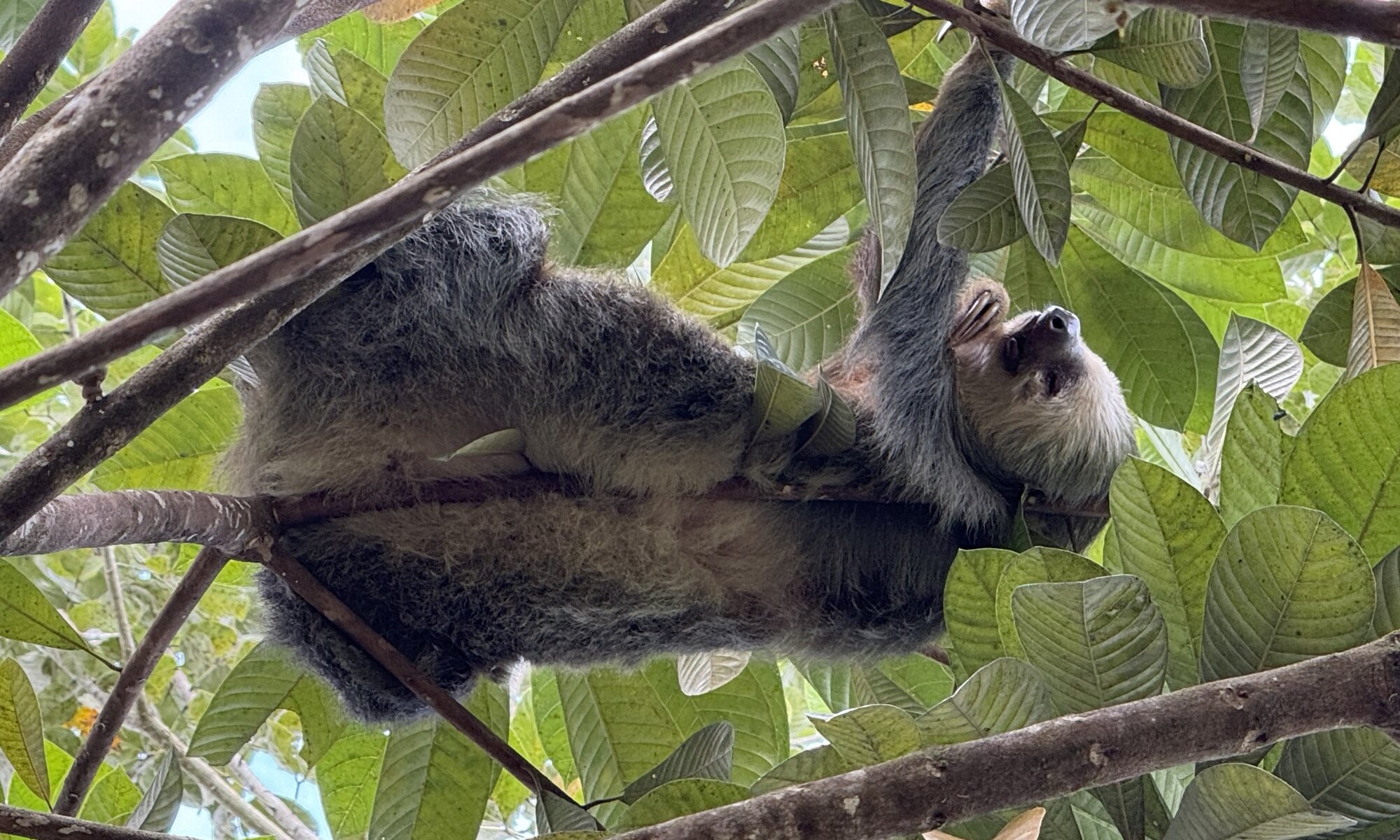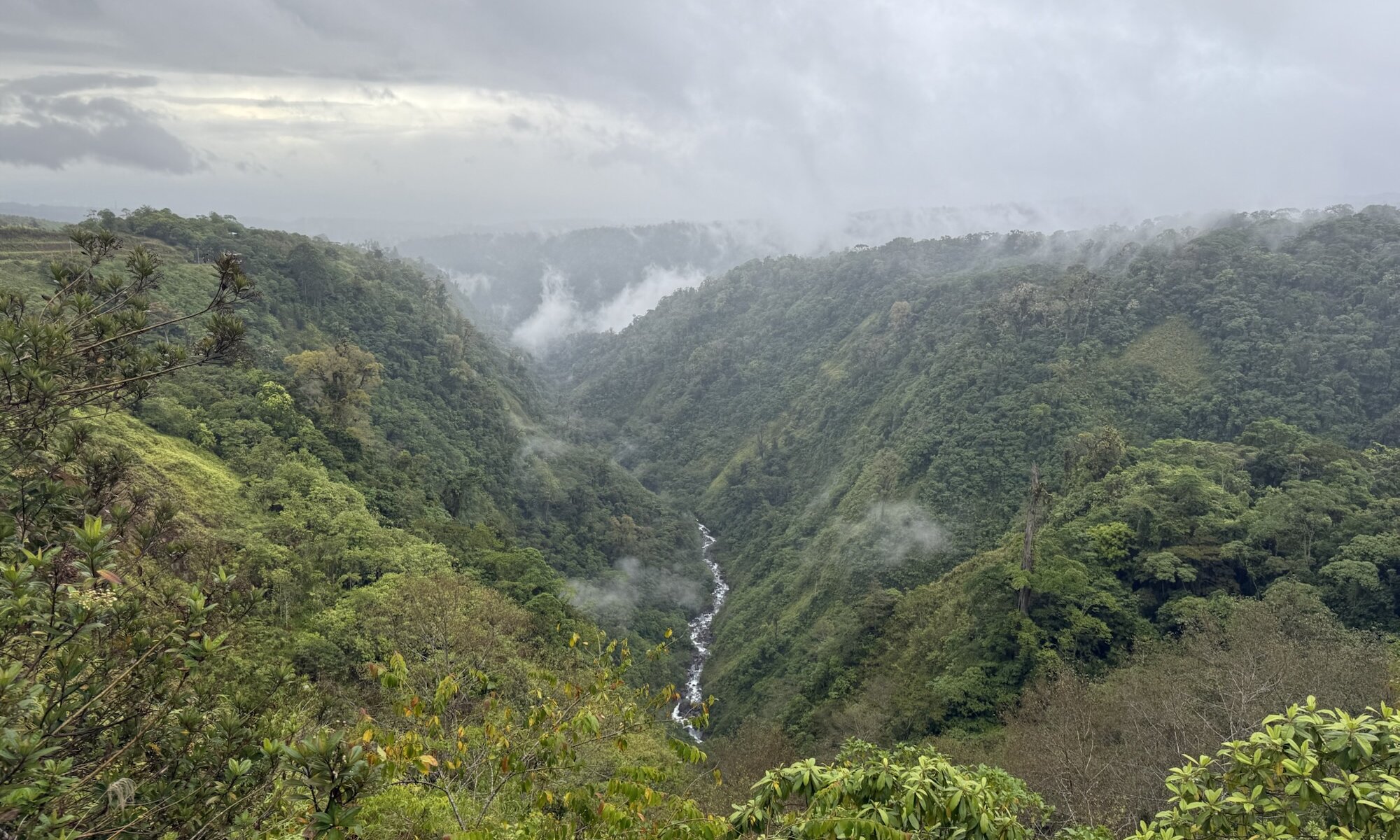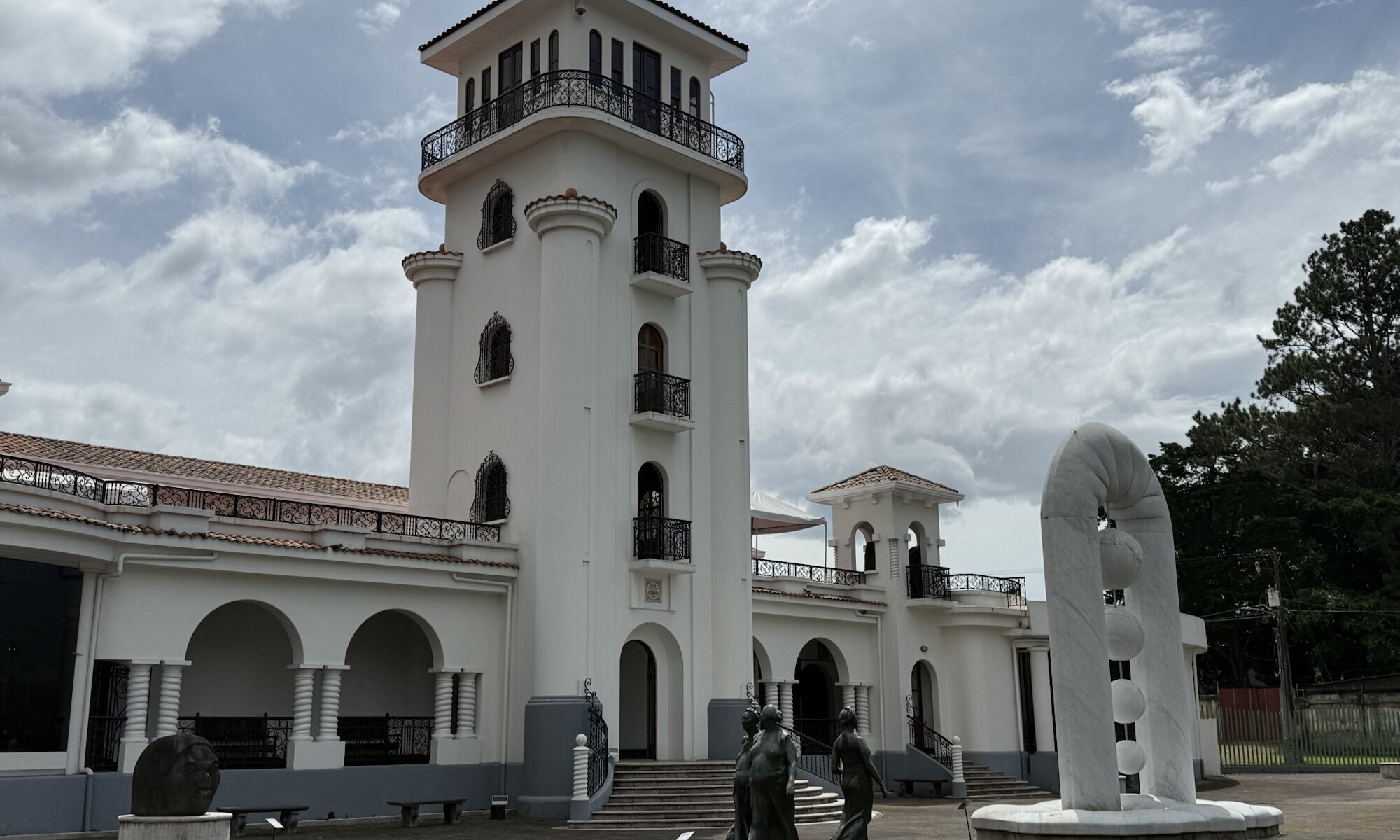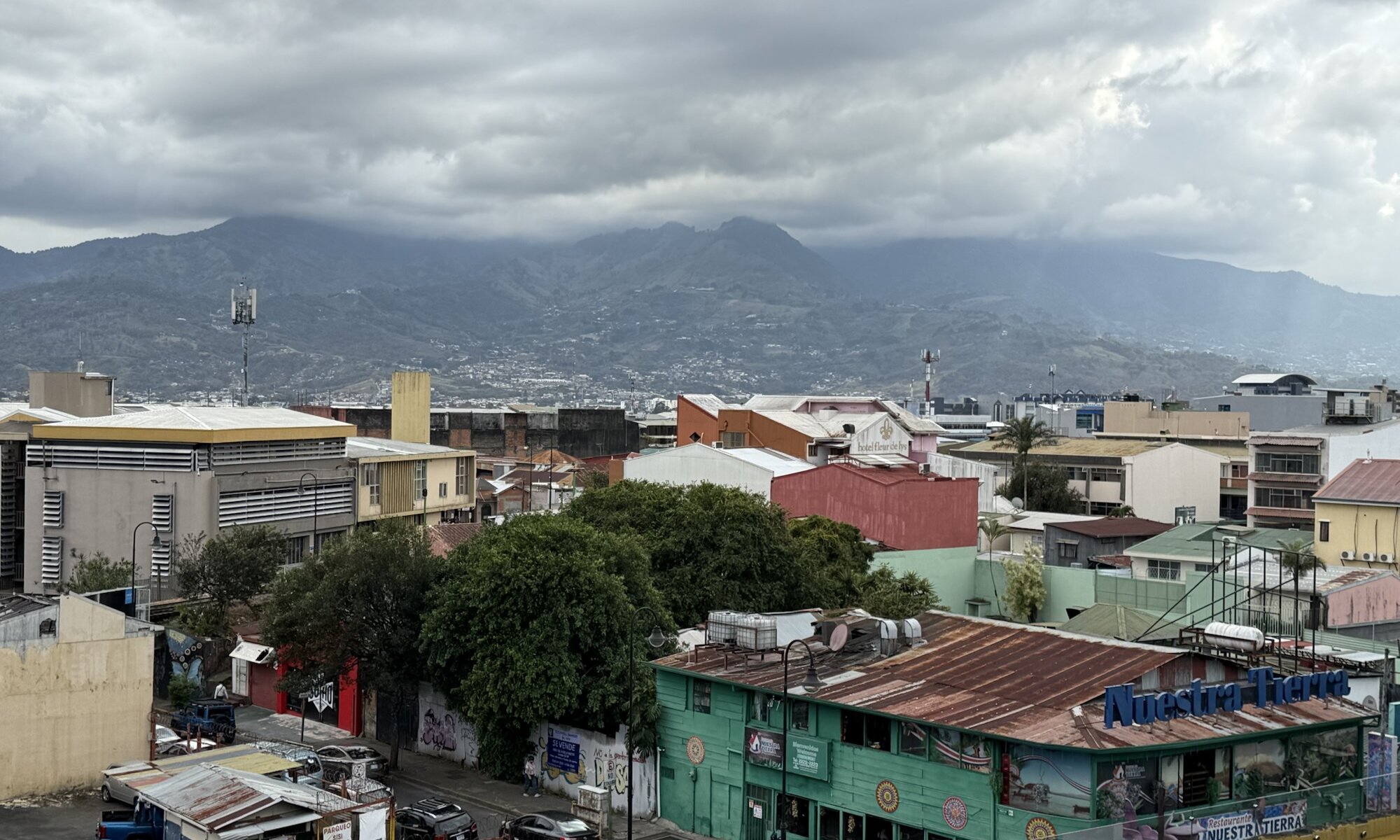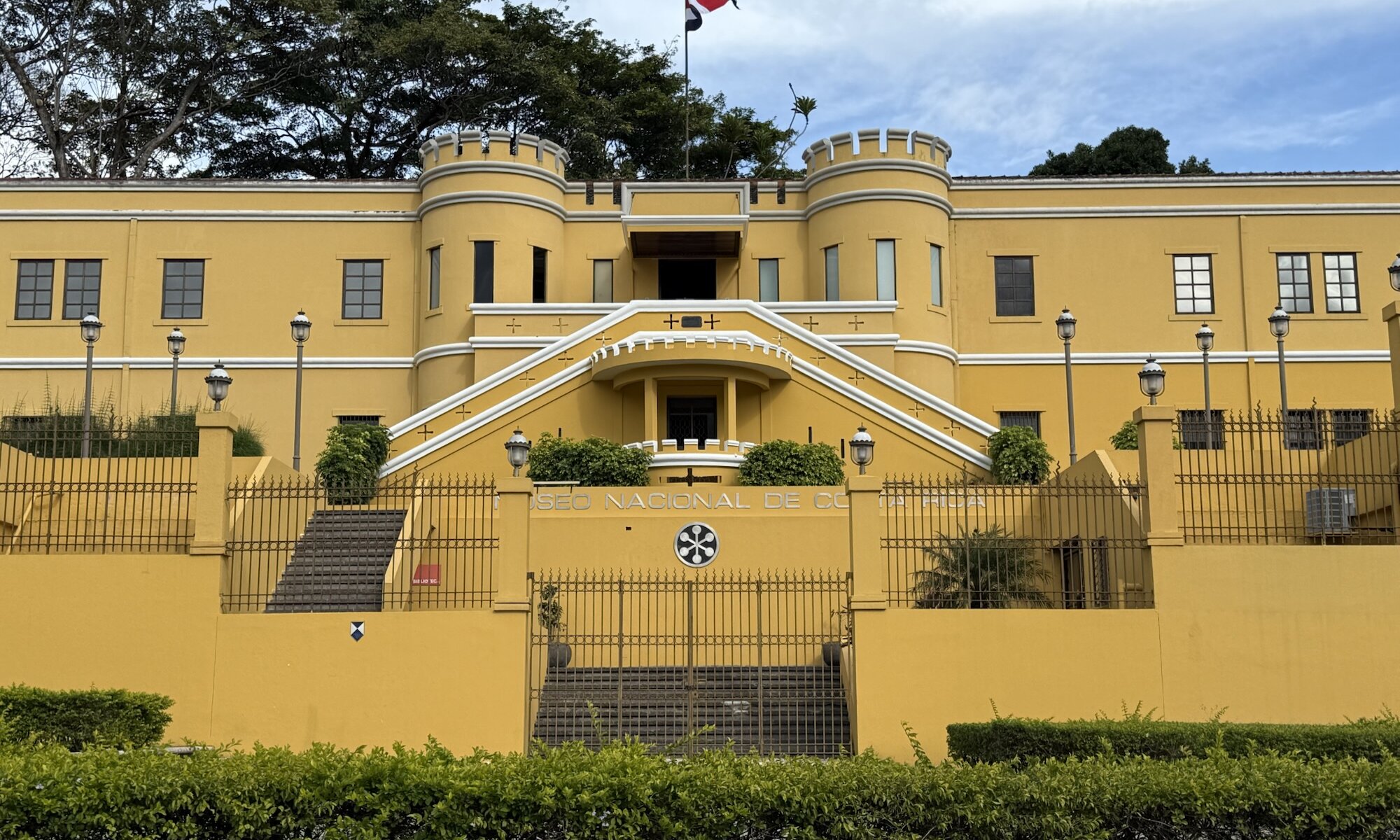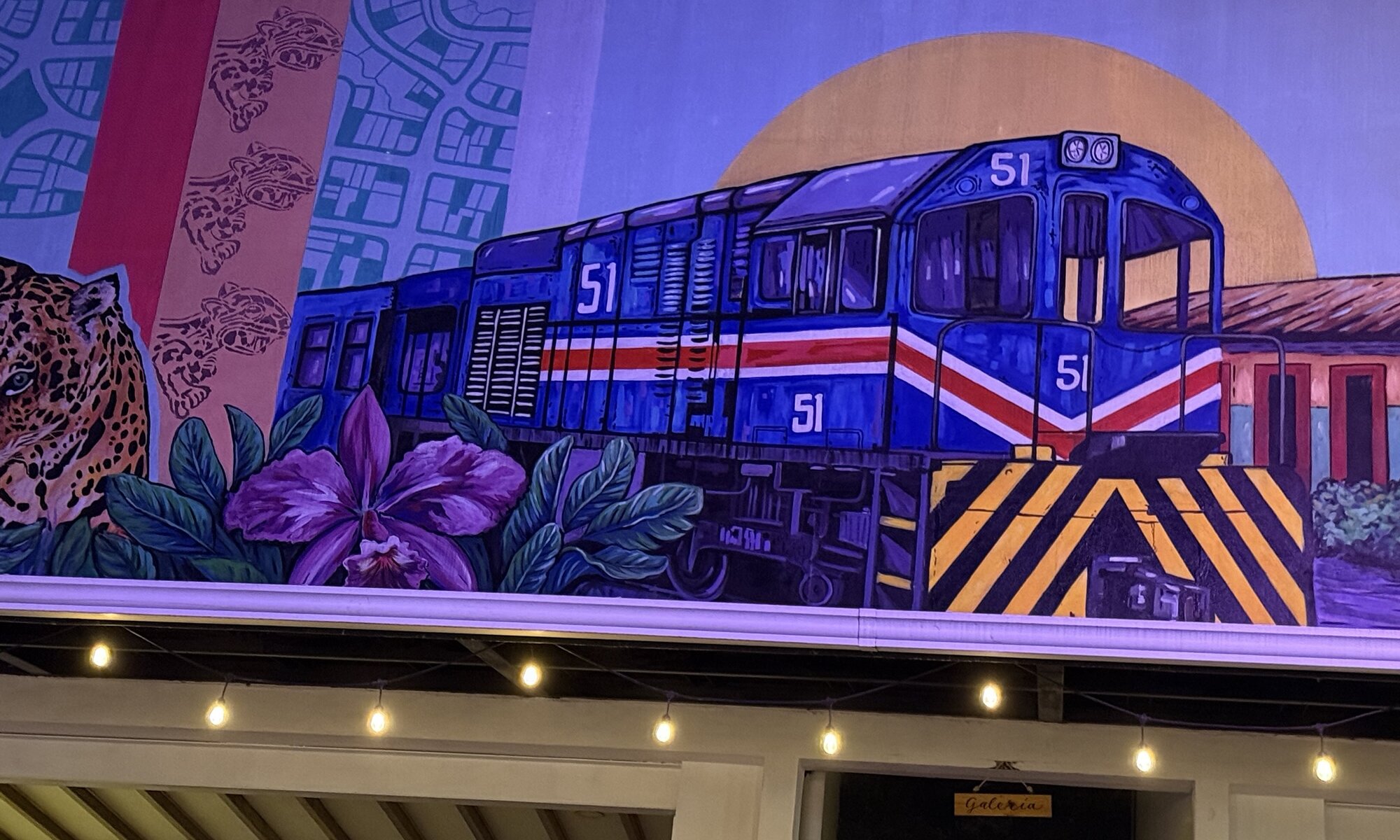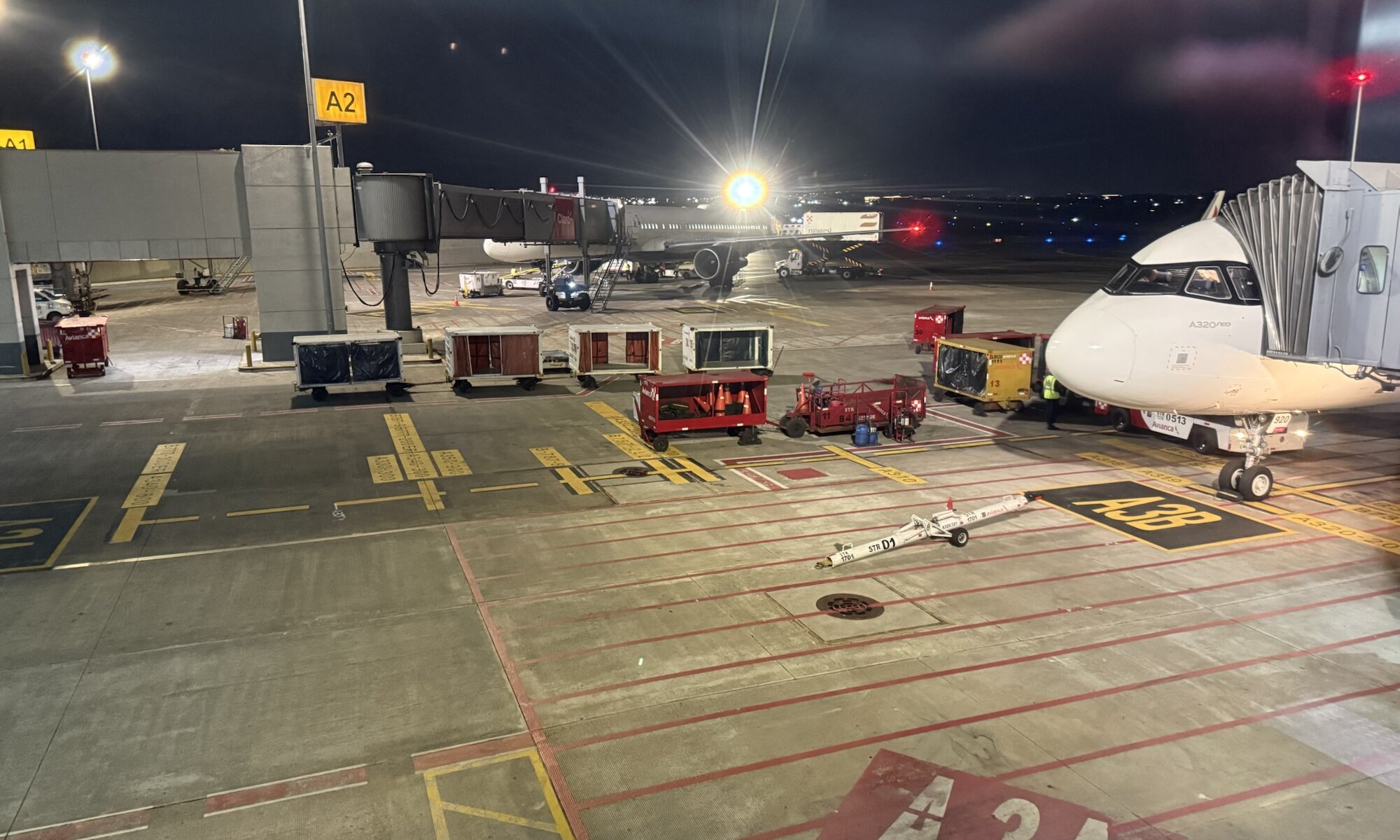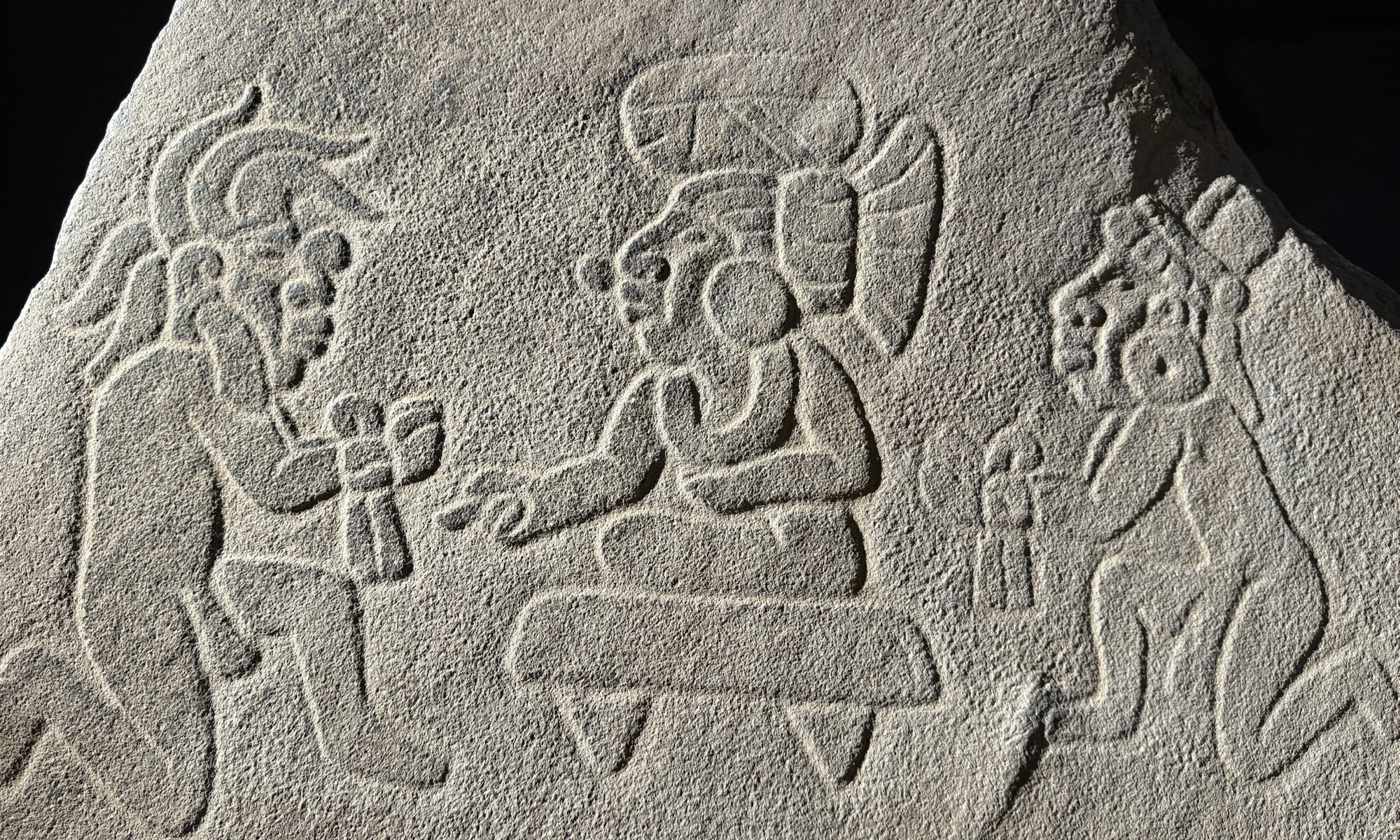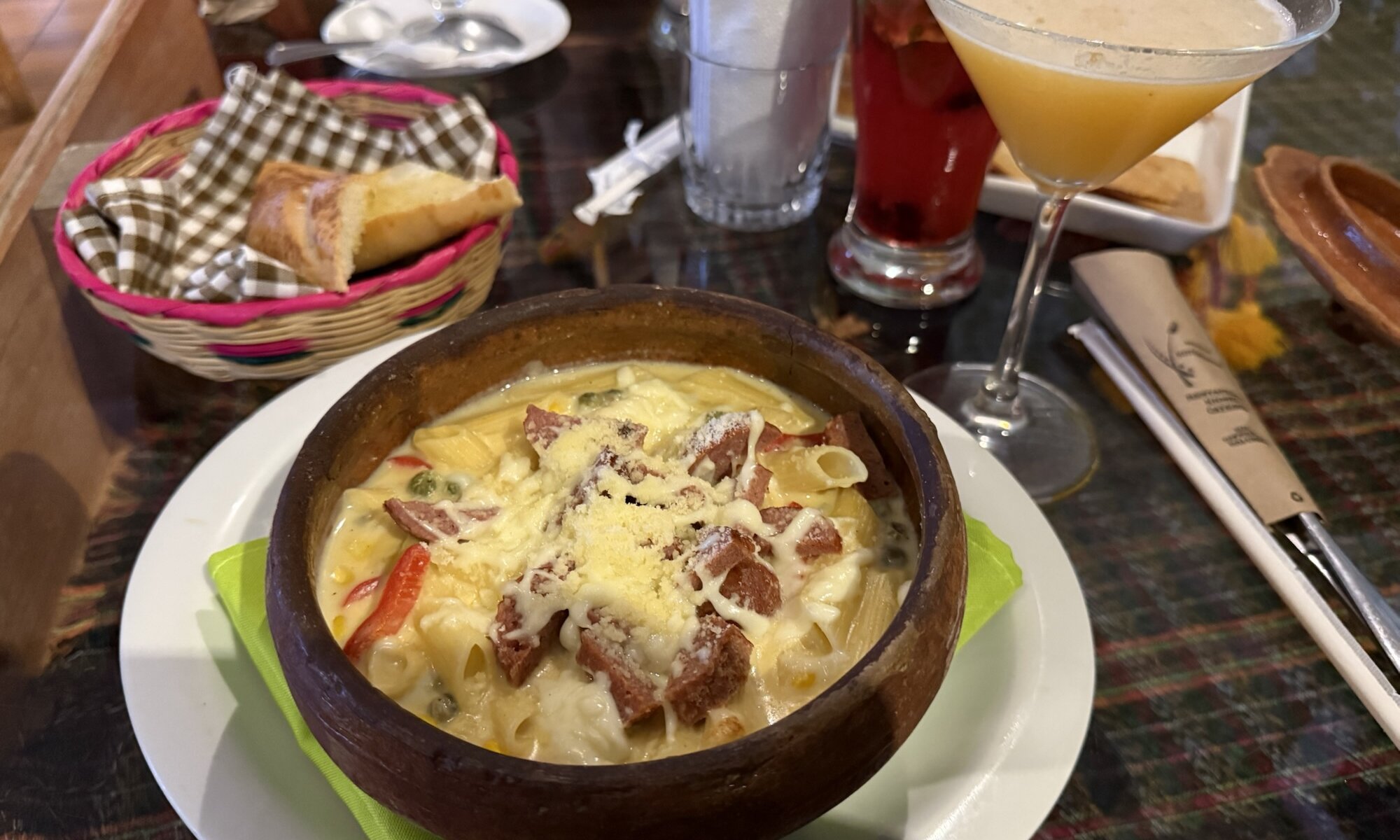Sloths are fascinating creatures known for their slow-moving lifestyle and unique adaptations to life in the treetops. These arboreal mammals spend most of their time hanging upside down from branches, using their long claws to grip tightly onto tree limbs. Sloths have an incredibly slow metabolism, which allows them to conserve energy and move at a leisurely pace. They sleep for up to 20 hours a day and only descend to the forest floor about once a week to defecate. Their diet consists mainly of leaves, buds, and occasionally fruits, which they digest slowly over the course of several days.
Continue reading “Sloths”Poás
Parque Nacional Volcán Poás is a wonderful natural attraction in Costa Rica, featuring one of the world’s largest active volcano craters. To visit the volcano itself, visitors must book a timeslot in advance online, as access is carefully regulated to protect both the environment and visitors’ safety. This system ensures a more organized and less crowded experience while exploring the otherworldly landscape of the crater and its surrounding areas.
Continue reading “Poás”La Sabana
The Museo de Arte Costarricense, located in San José, Costa Rica, is a significant cultural institution that opened its doors in 1978. The museum is housed in the former terminal building of La Sabana International Airport, which operated from 1940 to 1974. This unique setting adds historical value to the museum, as it preserves the architectural heritage of Costa Rica while showcasing a diverse collection of over 6,000 artworks spanning from the mid-19th century to the present day.
Continue reading “La Sabana”Pura vida
San José, the capital of Costa Rica, has a rich history dating back to its founding in 1737. Originally a small settlement, it became the capital in 1821 after Costa Rica gained independence from Spain. The city grew significantly in the 19th century, fueled by the prosperity of coffee barons who built many fine buildings. Today, San José is a vibrant capital city that seamlessly blends its historical charm with modern urban life.
Continue reading “Pura vida”Cuartel Bellavista
The Museo Nacional de Costa Rica, located in San José, is housed in the historic Cuartel Bellavista, a fortress-like structure with a rich and complex history. The construction of the Cuartel began in 1917 under the regime of Federico Tinoco, who sought to strengthen the military institution after his coup d’état. The building served as military barracks for decades, and its exterior walls still bear bullet holes from Costa Rica‘s 1948 civil war. Following the abolition of the army by José Figueres Ferrer in 1948, the Cuartel Bellavista was symbolically transformed into the National Museum in 1950, marking a significant shift from military to cultural purposes.
Continue reading “Cuartel Bellavista”At the tracks
Jardín de Lolita, nestled in the heart of Barrio Escalante in San José, offers a unique dining experience that combines the charm of a multi-level beer garden with the variety of a food court. This vibrant outdoor venue features multiple restaurants, allowing patrons to order from a diverse selection of cuisines, including pizza, local dishes, premium meats, sushi, and ice cream. The restaurants provide guests with a device that signals when their food is ready for pickup, ensuring a seamless and efficient dining experience. With its relaxed atmosphere and eclectic food options, Jardín de Lolita is the perfect spot to spend a laid-back evening enjoying great food and drinks.
Continue reading “At the tracks”Colones
The Costa Rican colón (CRC) has been the official currency of Costa Rica since 1896, when it replaced the peso at a one-to-one exchange ratio. Named after Christopher Columbus, known as Cristóbal Colón in Spanish, the currency’s symbol is ₡. The colón is divided into 100 centimos, and its plural form is colones. The banknotes show the animals of the country and on the ten thousand colones bill you can find the iconic sloth.
Continue reading “Colones”Santamaría
The Aeropuerto Internacional Juan Santamaría (SJO), located near Alajuela, serves as Costa Ricas primary international gateway. Originally named Aeropuerto Internacional el Coco after its location, construction began in 1952 and the airport was officially inaugurated in 1958. It replaced the previous airport in downtown San José, where Parque La Sabana is now situated. By the way: the former airport buildings now host the Museo de Arte Costarricarense, a museum well worth visiting.
Continue reading “Santamaría”Museo Nacional de Arqueología y Etnología
The Museo Nacional de Arqueología y Etnología in Ciudad de Guatemala is a treasure trove of Maya artifacts and cultural heritage. Housing the country’s largest collection of ancient Maya relics, the museum showcases an impressive array of monumental stone sculptures, including Classic-period stelae from Tikal, Uaxactún, and Piedras Negras. Visitors can marvel at a superb throne from Piedras Negras, animal representations from Preclassic Kaminaljuyú, and rare wooden lintels from temples at Tikal and El Zotz. The museum’s collection also features exquisite jade necklaces and masks, offering a glimpse into the craftsmanship of the ancient Maya.
Continue reading “Museo Nacional de Arqueología y Etnología”Kardamomuss
Cardamom is a versatile and aromatic spice prized for its unique flavor profile, which combines notes of citrus, mint, and pine. It is widely used in both sweet and savory dishes across various cuisines, particularly in Middle Eastern, Indian, and Scandinavian cooking. Cardamom is a common ingredient in chai tea, adds depth to coffee, and enhances the flavor of baked goods, curries, and meat dishes. Beyond its culinary applications, cardamom is also used in traditional medicine for its potential digestive and anti-inflammatory properties.
Continue reading “Kardamomuss”